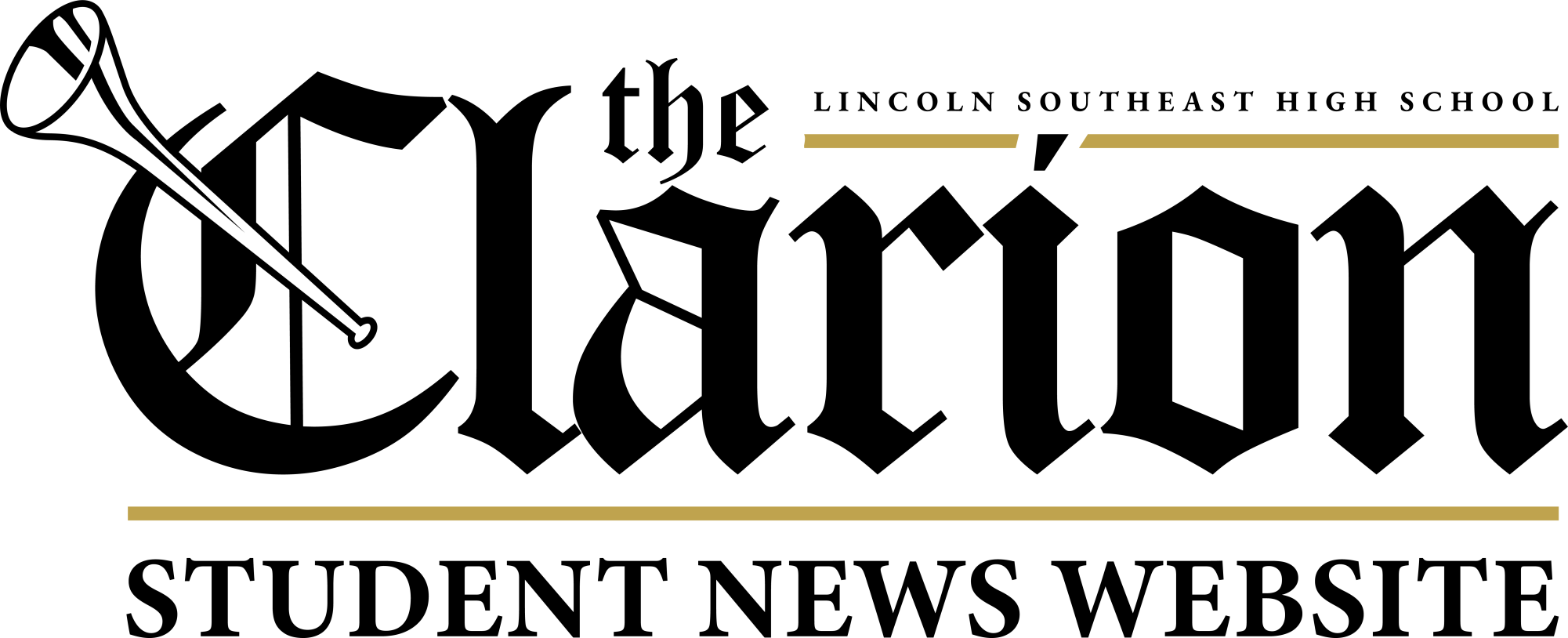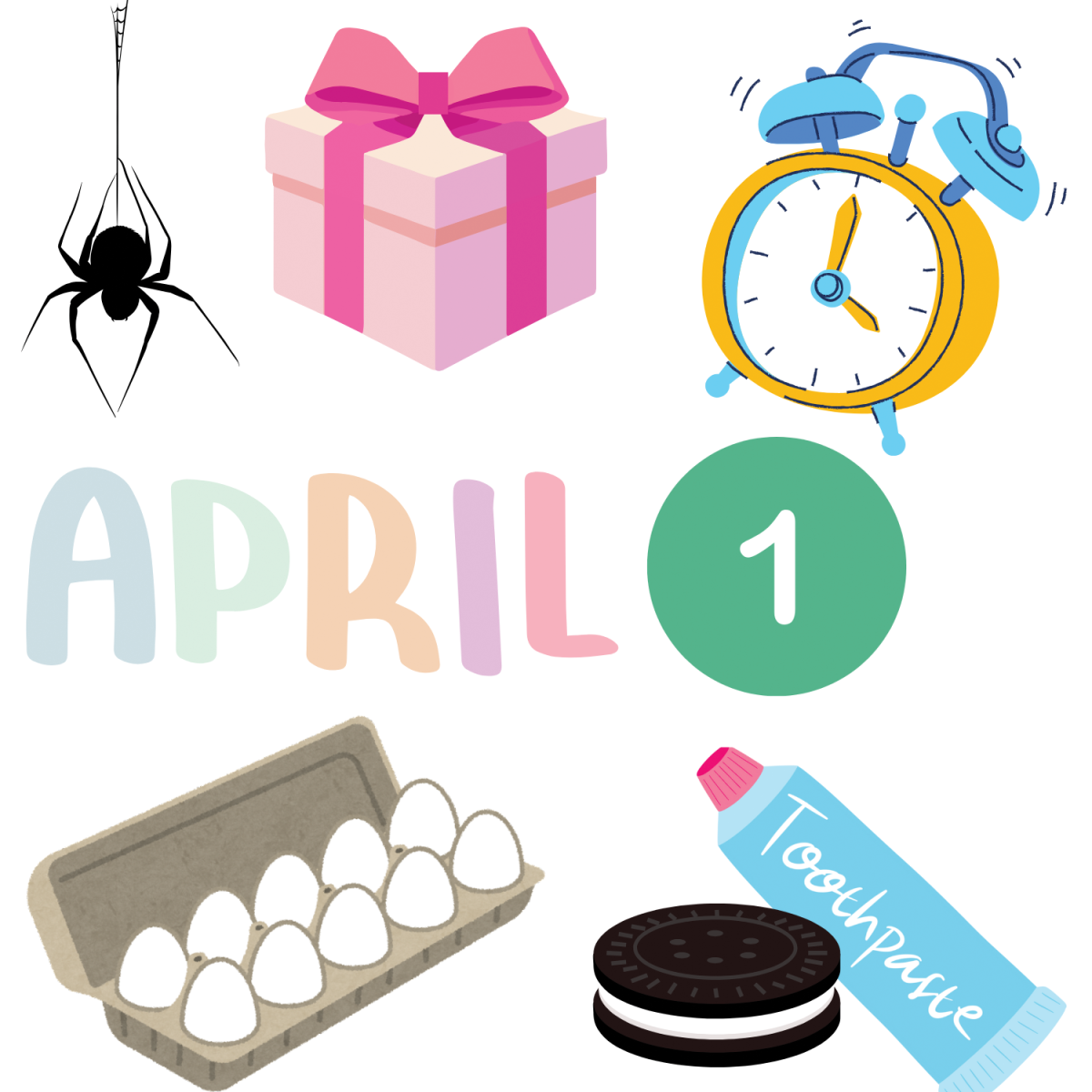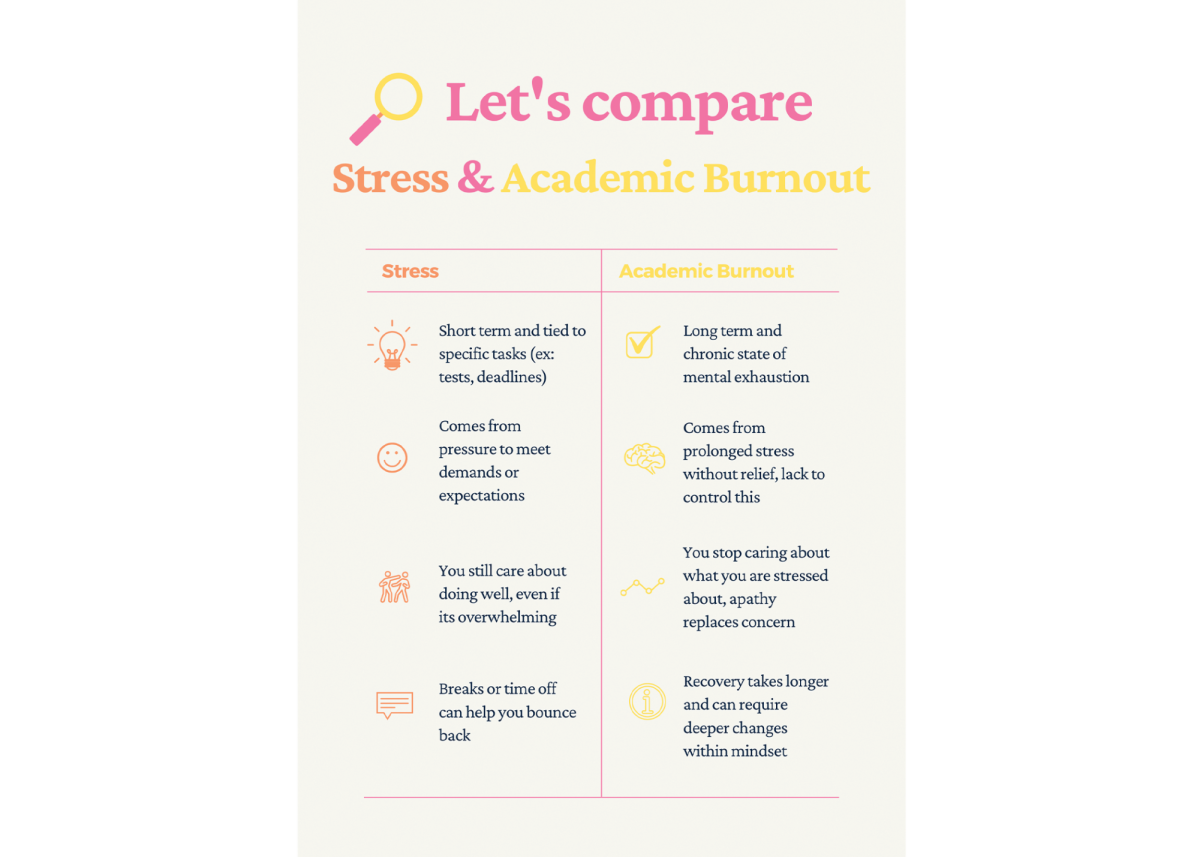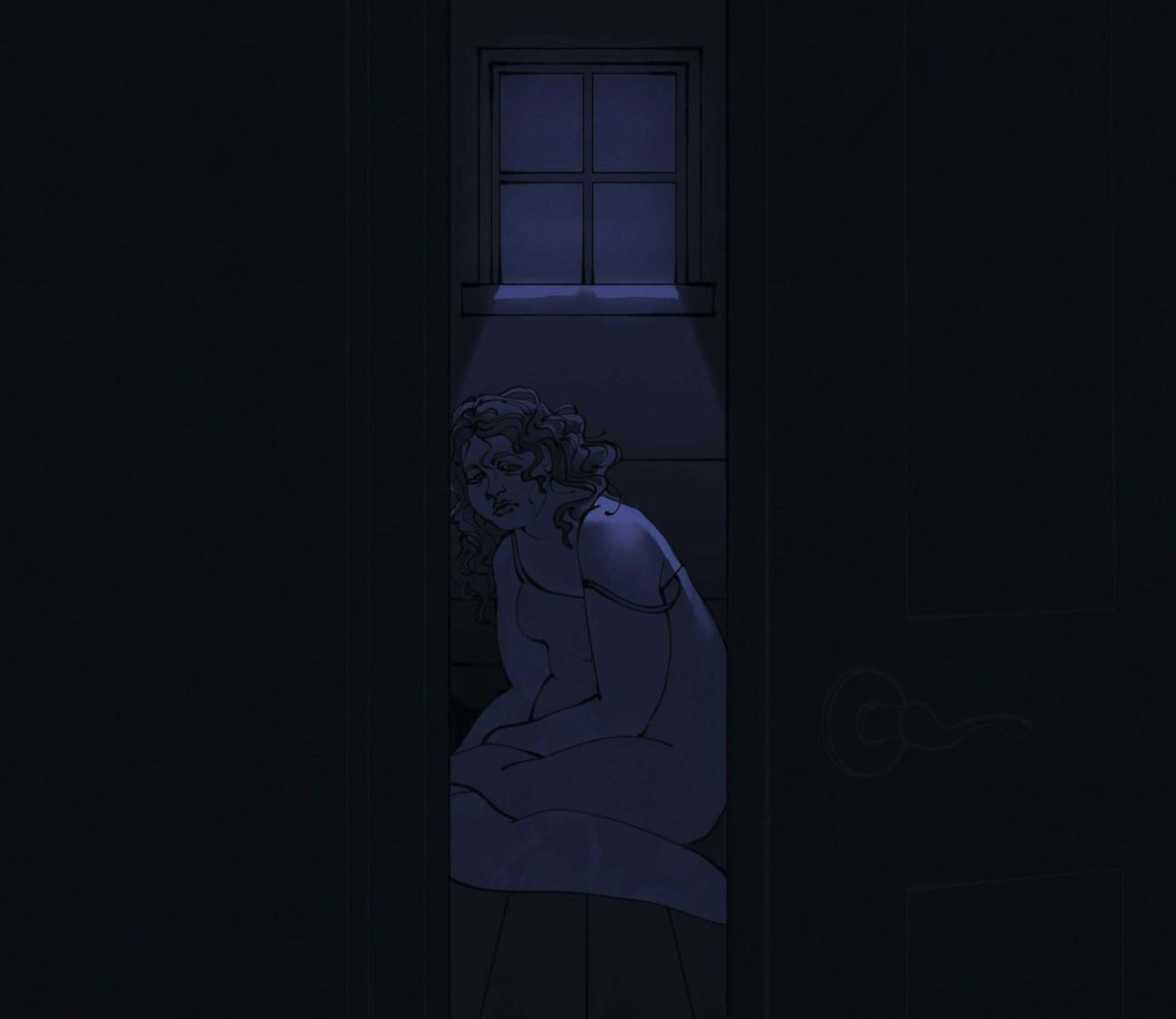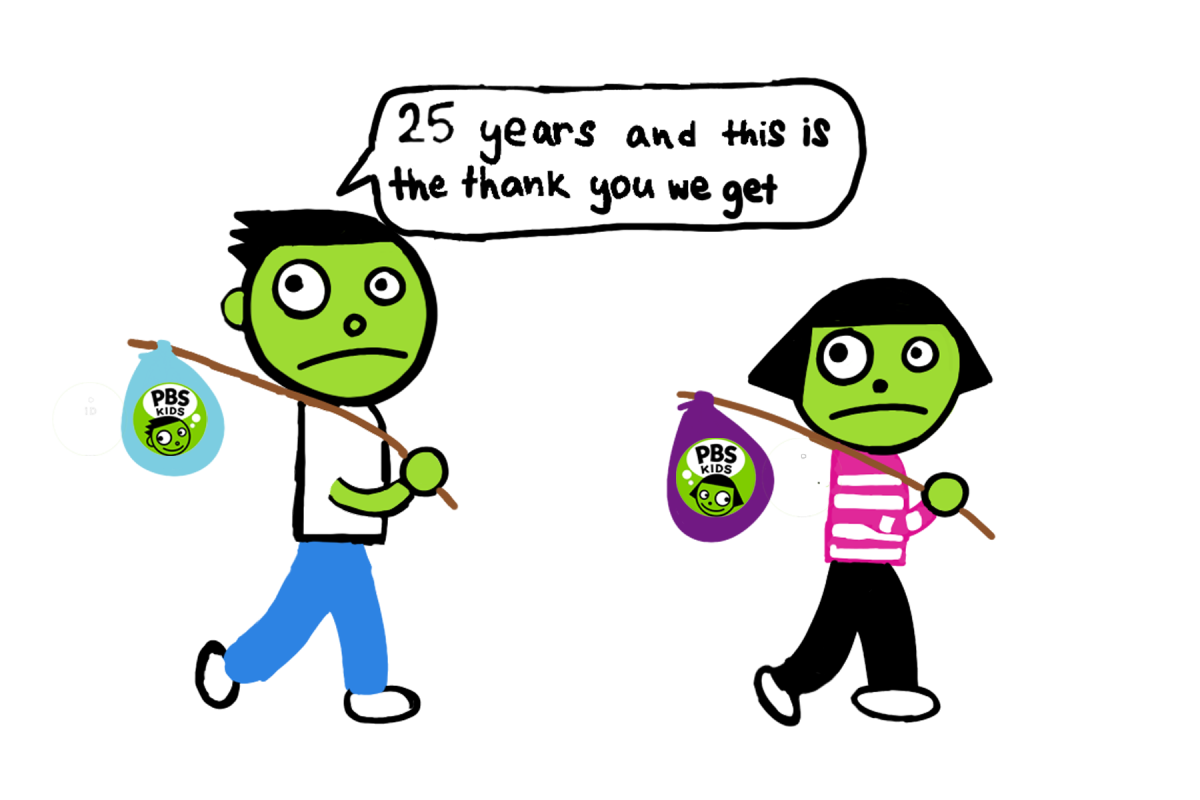The first of April is an international day for pranks and mischief even if not all pranks are good. Nobody really knows when it started or even the purpose of the holiday. As a result, its popularity has started to decline everywhere even among people under 30, who are most likely to find the pranks funny.
Although there is no clear origin there are three major theories.
The first theory on the origin of April Fools’ Day is the Feast of Fools, which was heavily influenced by the Roman Saturnalia. The Feast of Fools was most popular in France where a mock pope was elected for the day and everyone made fun of various church rituals. Which is similar to the types of pranks some people make when they mock something today.
The second is the Roman Hilaria Festival. This was an equinox celebration on Mar. 25, but it was called “the eighth Calends of April” in Roman terms which links it with Apr. 1.
The last theory surrounds the French calendar change from the Julian to Gregorian calendar. Many people accepted, while some resisted the change of calendar which introduced mock parties. Those resisting the changed calendar would send each other foolish gifts and invitations to fake parties. It is believed that this developed into the April Fools’ Day we know today, and it explains the tradition of pranking.
There are various other small theories, like the abduction and search for Persephone, druidic rights in Britain, the festival of Holi, and some biblical references. However, one known fact is that the first confirmed mention of April Fools’ day was in a poem by Eduard de Dene in 1561.
Regardless of its origins, it continued into today as just a day of pranks. Some common, harmless pranks that people pull on this day are toothpaste oreos, fake food, fake spills and rick rolls, as well as wrapping things up in saran wrap, wrapping paper or aluminum foil. However, not all pranks are harmless or funny. Some pranks can get people arrested, like making fake claims of a crime that get the police involved. A harmful prank is something that puts the receiver, pranker or property in danger. These fake threats aren’t funny.
While the day’s popularity is declining according to Stat Significant, there are still people who prank and, of course, people who get pranked. Out of a survey of 31 students, only six claimed they had never been pranked. Although it’s very common to have been fooled at some point in your life for April Fools’ Day, not all pranks are good.
In a survey of LSE students, some students reported harmless pranks they have pulled, such as; setting clocks back, rearranging things like fridges or rooms, paper spiders hung from door frames or hard boiling every egg in a carton.
It’s important that people only do harmless pranks with good intentions because a prank that may seem harmless could still negatively affect the person it’s played on.
If pranking exists all 365 days of the year, why should we have one day dedicated to it? A whole day that’s dedicated to pranking, with a history of harmful pranks, is not a day we should celebrate like a holiday.
April Fools’ day has no meaning and can be harmful, which defeats the fun surrounding April 1. Ultimately there is never a reason to pull a harmful prank, but small harmless pranks throughout the year are fun. A bonus of pranking randomly instead of only on April 1, is that people won’t be expecting it so it’ll be seen as more of a silly thing rather than a nuisance.
